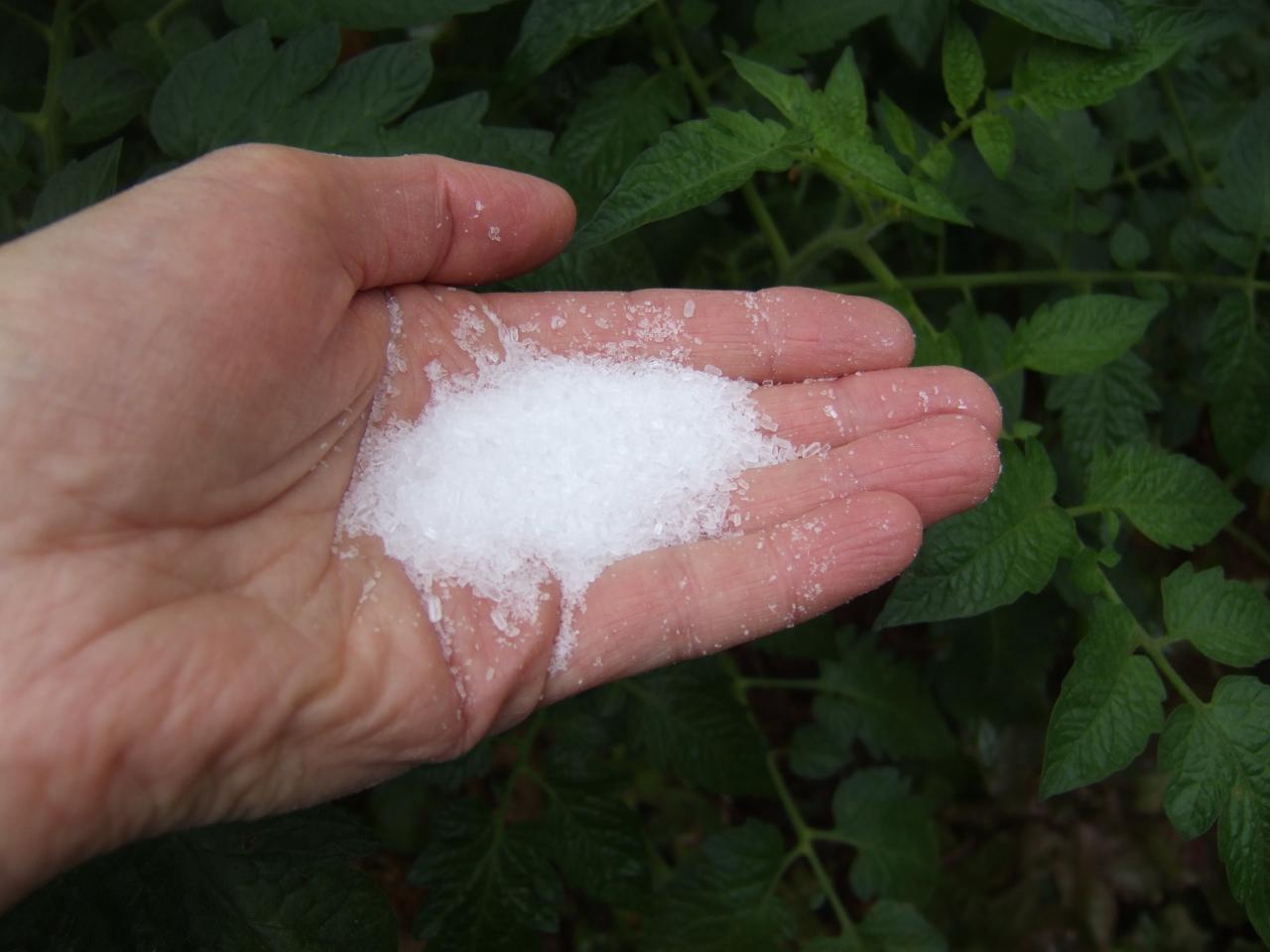Explore Why Some Plants Reject Epsom Salt as a Nutrient Resource
In the complex world of plant nutrition, the denial of Epsom salt as a practical nutrient resource by some plants postures an appealing quandary. The factors behind this careful behavior dive right into a complicated interplay of plant absorption systems, the unique chemical framework of Epsom salt, and plant-specific nutrient choices.
Plant Absorption Systems
In delving right into the elaborate realm of plant absorption systems, it becomes obvious that the procedure is regulated by an advanced interaction of molecular pathways and physical dynamics. Plants absorb nutrients primarily via their origins, using different transport systems to uptake essential aspects such as nitrogen, phosphorus, magnesium, and potassium. Magnesium, an essential component in chlorophyll synthesis and enzyme activation, plays a critical role in plant growth and development.
The absorption of magnesium involves a number of steps, starting with its availability in the dirt remedy. As soon as dissolved, magnesium ions are used up by plant origins through particular transport proteins installed in the cell membrane layers. These healthy proteins assist in the motion of magnesium throughout the origin cell walls and right into the plant's vascular system, where it is after that distributed to different cells to sustain various physiological functions.
Comprehending the complex systems behind magnesium absorption in plants clarifies how this necessary nutrient adds to overall plant wellness and performance. By maximizing magnesium uptake pathways, growers can boost crop yields and high quality, emphasizing the relevance of comprehending plant absorption characteristics for lasting farming practices.
Epsom Salt Chemical Structure
The chemical structure of Epsom salt, likewise understood as magnesium sulfate heptahydrate, reveals an unique plan of components that add to its unique residential properties and applications. The seven water particles are freely bonded to the magnesium sulfate substance, allowing it to liquify easily in water and be readily taken up by plants with their roots.
The crystal framework of Epsom salt forms monoclinic prisms, which are extended crystals with parallel ends. This crystal form influences the physical properties of Epsom salt, such as its appearance and solubility. Comprehending the chemical structure of Epsom salt is crucial for comprehending its habits as a nutrient source and its interactions with plants in farming and horticultural practices.
Plant-Specific Nutrient Preferences
Plants display distinctive choices for particular nutrients, emphasizing the importance of recognizing their specific demands for ideal growth and advancement. These preferences are dictated by numerous factors, consisting of the plant varieties, phase of development, environmental conditions, and soil composition. For instance, some plants may prosper in nitrogen-rich soils, while others require even more phosphorus or potassium for healthy growth. Recognizing these plant-specific nutrient choices is vital for taking full advantage of plant yields, boosting decorative plant growth, and advertising overall plant health - what plants don't like epsom salt.

Plant-specific nutrient preferences can likewise vary based upon whether the plant is a site here monocot or dicot. Monocots, such as lawns and lilies, have different nutrient requirements contrasted to dicots like roses and tomatoes. click for more In addition, certain plants may show specific deficiencies or poisonings when revealed to excess or insufficient levels of certain nutrients. By customizing nutrient supplementation to meet the accurate demands of each plant types, growers can enhance plant growth, lessen nutrition waste, and assistance sustainable agricultural techniques.

Soil Ph and Nutrient Uptake
Soil pH plays an essential role in determining the availability of necessary nutrients for plant uptake. Acidic soils with a reduced pH are beneficial for plants like azaleas and blueberries, while alkaline soils with a greater pH fit plants such as lilacs and clematis.
On the various other hand, alkaline soils might restrict the accessibility of nutrients like zinc, iron, and copper, affecting plant growth. Preserving the suitable pH degree in the soil is important for making certain that plants can effectively uptake the necessary nutrients for their healthy and balanced development and efficiency.
Genetic Factors in Nutrient Uptake
In the world of plant nourishment, the interplay of hereditary aspects substantially affects the uptake of essential nutrients essential for plant development and development. Genetic elements play an essential duty in shaping a plant's capacity to absorb and use nutrients effectively.
Additionally, hereditary elements also establish the performance of nutrient uptake mechanisms within plants. For circumstances, some plants might possess genetic traits that boost their ability to feed on nutrients from the soil effectively, providing an affordable advantage in nutrient-poor atmospheres. On the other hand, hereditary variations can also lead to limitations in nutrient uptake, ensuring plants extra susceptible to shortages also when nutrients are abundant in the soil.
Recognizing how genetic elements affect nutrient uptake is vital for establishing methods to optimize plant nourishment and enhance crop performance in different farming settings. By unraveling article source the genetic devices associated with nutrient uptake, scientists can work in the direction of developing genetically enhanced plant ranges with enhanced nutrient purchase abilities.
Conclusion
:max_bytes(150000):strip_icc()/GettyImages-1317990269-f9c37b77324f4095b1916657ff7b26fb.jpg)
In the detailed globe of plant nourishment, the rejection of Epsom salt as a feasible nutrient source by some plants poses an intriguing problem. what plants don't like epsom salt. Understanding these plant-specific nutrient choices is critical for optimizing crop returns, boosting ornamental plant growth, and advertising total plant wellness
By customizing nutrient supplements to meet the precise requirements of each plant types, growers can maximize plant development, decrease nutrient waste, and support lasting farming practices.
In the world of plant nourishment, the interplay of genetic aspects considerably influences the uptake of essential nutrients critical for plant growth and advancement. Comprehending these intricacies in plant nutrient uptake is crucial for optimizing plant growth and wellness in agricultural methods.